Sporadiczombielight - Sporadic Spasms

More Posts from Sporadiczombielight and Others


by Dmitriy Shustikov

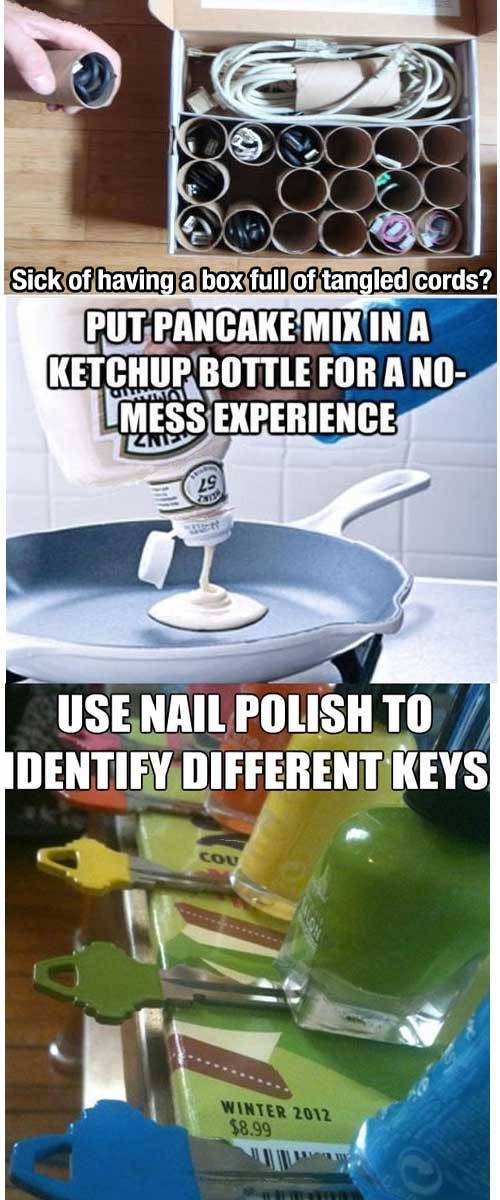
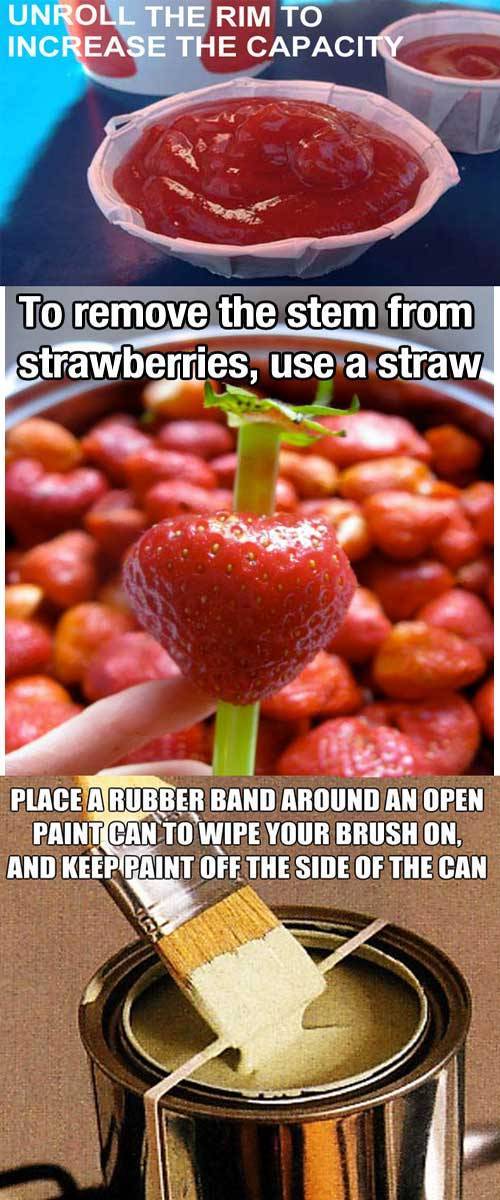

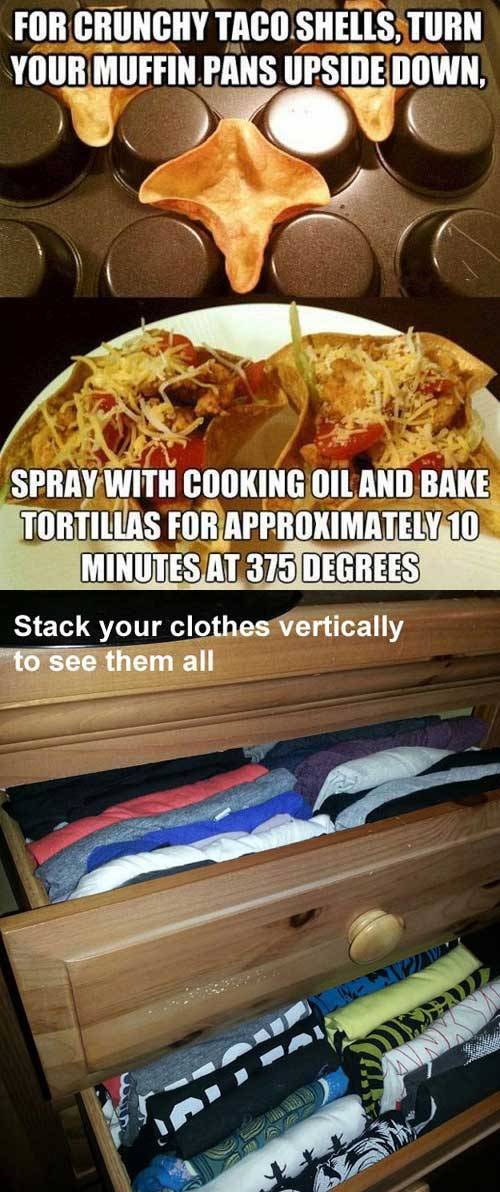

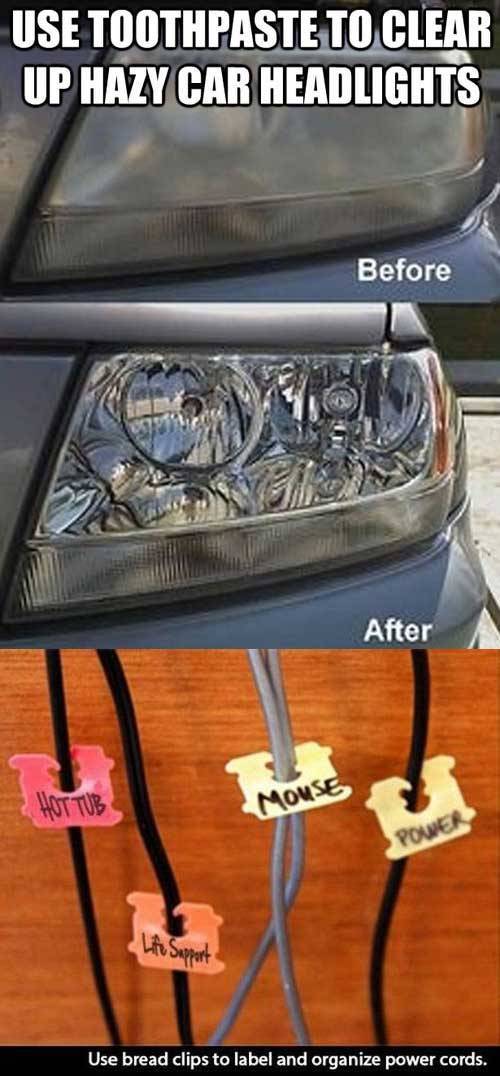
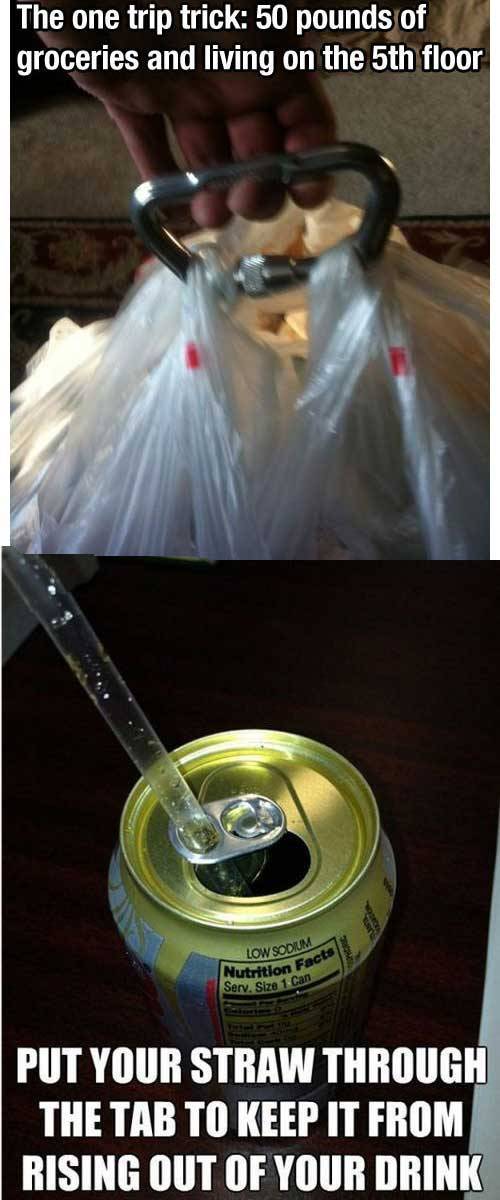
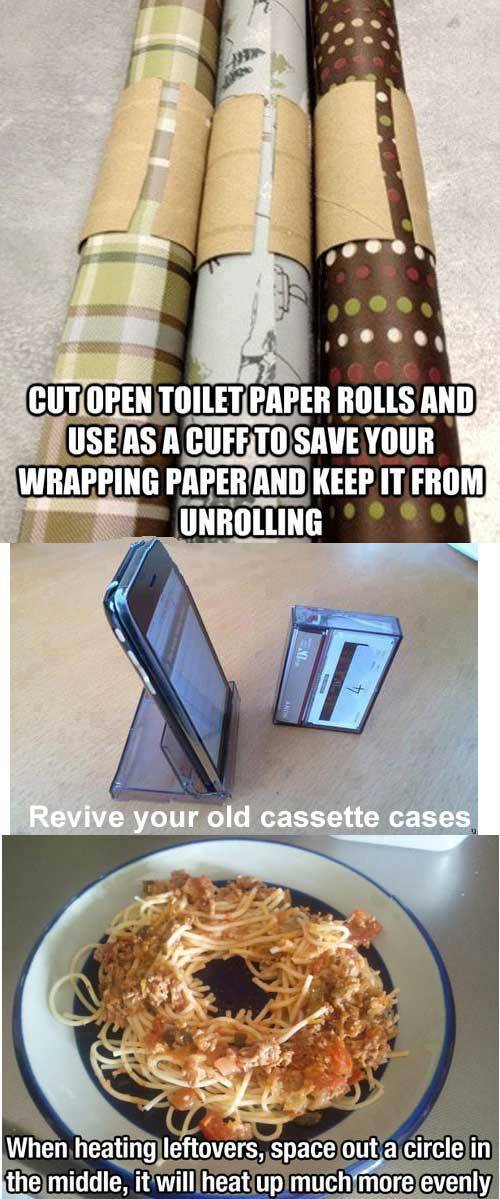

I re-blogged this (the first time) in 2014. Today, I tried half a dozen times to re-blog it, and it wouldn’t work. So, I saved the images and re-posted it. I hope it helps make life a little easier. :-) The original post is by iraffiruse.
Mulled Wine Recipe
All right, folks, ‘tis the season: winter.
And you need a hot beverage, and you need alcohol, and you stupidly think, I heard of mulled wine once, and search for a recipe, and find only pages of strange ingredients and paragraphs of far too much information on people’s lives. Every year I lose my recipe, and every year I regret it, poring fruitlessly and sadly sober over ingredients like star anise, cranberries, and demerara sugar.
So, to save you my grief, here is my very basic recipe, which my family–who does not drink the other 11 months of the year–finds so irresistible that they get tipsy and wonder why. (This is the recipe for one bottle, but I always make at least two.)
1 bottle red wine (cheap red wine, red blend or merlot, etc.)
½ cup - ¾ cup white sugar (you can add to taste)
¾ cup orange juice (you might want at least 1 actual orange, here’s why:)
10 whole cloves
(life is much easier if you peel the orange so that you get just the outer layer with as little rind as possible, then stab these little guys through, so you don’t have to go fishing them out later on, but feel free to fish away)
2 cinnamon sticks
Mix it all together and simmer it on low heat (don’t boil it, the alcohol boils off) until the sugar blends in. I tend to do it for 30 minutes or so, or just leave it on low and turn down to keep warm in a slow cooker.
¼ cup orange liqueur or brandy – I add this last, to make it as alcoholic as possible, but you can add it earlier. I also add both, and tend to steal the family’s brandy, but you can do this to taste.
Voila! Go, wrap your hands around a warm mug of mulled wine, reheat as desired, and spend the winter pleasantly tipsy.


Winter morning in Hågadalen , I took this photo in Uppsala, Sweden.

When architect Richard Kaplan, an ardent conservationist, found the structure, he decided to keep as many of the beams and rafters as possible. The floor boards are pine stained dark. An antique table serves as the bar.
Living Barns: How to Find and Restore a Barn of Your Own, 1984

“Winter Bonsai” 1982 by Eyvind Earle (1916-2000)

The Grim Reaper, sculpture by sculptor August Schmiemann at Melaten Cemetery in Cologne, Germany
-
 narcolepticpansy reblogged this · 2 weeks ago
narcolepticpansy reblogged this · 2 weeks ago -
 narcolepticpansy liked this · 2 weeks ago
narcolepticpansy liked this · 2 weeks ago -
 hkayakh reblogged this · 2 weeks ago
hkayakh reblogged this · 2 weeks ago -
 pitch-pork reblogged this · 2 weeks ago
pitch-pork reblogged this · 2 weeks ago -
 moon-bunnyblues reblogged this · 2 weeks ago
moon-bunnyblues reblogged this · 2 weeks ago -
 lan-bun reblogged this · 2 weeks ago
lan-bun reblogged this · 2 weeks ago -
 gorandomshesaid reblogged this · 2 weeks ago
gorandomshesaid reblogged this · 2 weeks ago -
 ljisa-moige reblogged this · 2 weeks ago
ljisa-moige reblogged this · 2 weeks ago -
 ljisa-moige liked this · 2 weeks ago
ljisa-moige liked this · 2 weeks ago -
 twitches-z-pyro reblogged this · 2 weeks ago
twitches-z-pyro reblogged this · 2 weeks ago -
 ixenarcaniss liked this · 2 weeks ago
ixenarcaniss liked this · 2 weeks ago -
 words-are-my-sword liked this · 2 weeks ago
words-are-my-sword liked this · 2 weeks ago -
 scullysouroboros reblogged this · 2 weeks ago
scullysouroboros reblogged this · 2 weeks ago -
 ofcaramelandcoffee reblogged this · 2 weeks ago
ofcaramelandcoffee reblogged this · 2 weeks ago -
 lusmaenia reblogged this · 2 weeks ago
lusmaenia reblogged this · 2 weeks ago -
 panickedscribbles reblogged this · 2 weeks ago
panickedscribbles reblogged this · 2 weeks ago -
 panickedscribbles liked this · 2 weeks ago
panickedscribbles liked this · 2 weeks ago -
 shimchimney liked this · 2 weeks ago
shimchimney liked this · 2 weeks ago -
 alyce-out-of-wonderland reblogged this · 2 weeks ago
alyce-out-of-wonderland reblogged this · 2 weeks ago -
 purple-fox-for-luck reblogged this · 2 weeks ago
purple-fox-for-luck reblogged this · 2 weeks ago -
 dumbestbitchyoulleverknow liked this · 2 weeks ago
dumbestbitchyoulleverknow liked this · 2 weeks ago -
 choppedliverchopshop liked this · 2 weeks ago
choppedliverchopshop liked this · 2 weeks ago -
 online-silkmoth reblogged this · 2 weeks ago
online-silkmoth reblogged this · 2 weeks ago -
 innitnotfound liked this · 2 weeks ago
innitnotfound liked this · 2 weeks ago -
 tsintzask reblogged this · 2 weeks ago
tsintzask reblogged this · 2 weeks ago -
 trapny reblogged this · 2 weeks ago
trapny reblogged this · 2 weeks ago -
 doteddestroyer reblogged this · 2 weeks ago
doteddestroyer reblogged this · 2 weeks ago -
 onelocaltree liked this · 2 weeks ago
onelocaltree liked this · 2 weeks ago -
 godhatesverizon reblogged this · 2 weeks ago
godhatesverizon reblogged this · 2 weeks ago -
 agentbeeswrites liked this · 2 weeks ago
agentbeeswrites liked this · 2 weeks ago -
 burnt-out-toast-with-jam liked this · 2 weeks ago
burnt-out-toast-with-jam liked this · 2 weeks ago -
 wastedwaterpotential reblogged this · 2 weeks ago
wastedwaterpotential reblogged this · 2 weeks ago -
 aceoflights liked this · 2 weeks ago
aceoflights liked this · 2 weeks ago -
 cozyteademon reblogged this · 2 weeks ago
cozyteademon reblogged this · 2 weeks ago -
 spectralhyena reblogged this · 2 weeks ago
spectralhyena reblogged this · 2 weeks ago -
 fairstarter reblogged this · 2 weeks ago
fairstarter reblogged this · 2 weeks ago -
 oliver-the-gremlin-king liked this · 2 weeks ago
oliver-the-gremlin-king liked this · 2 weeks ago -
 additionalvelociraptors reblogged this · 2 weeks ago
additionalvelociraptors reblogged this · 2 weeks ago -
 areallyrandomperson liked this · 2 weeks ago
areallyrandomperson liked this · 2 weeks ago -
 stillcantgetoverthesilmarillion reblogged this · 2 weeks ago
stillcantgetoverthesilmarillion reblogged this · 2 weeks ago -
 aprisoneroftomfoolery liked this · 2 weeks ago
aprisoneroftomfoolery liked this · 2 weeks ago -
 lily-the-smol liked this · 2 weeks ago
lily-the-smol liked this · 2 weeks ago -
 ludmithjacques reblogged this · 2 weeks ago
ludmithjacques reblogged this · 2 weeks ago -
 the-frozen-city reblogged this · 2 weeks ago
the-frozen-city reblogged this · 2 weeks ago -
 jokeadamancy reblogged this · 2 weeks ago
jokeadamancy reblogged this · 2 weeks ago -
 jokeadamancy liked this · 2 weeks ago
jokeadamancy liked this · 2 weeks ago -
 ghxstly-death liked this · 2 weeks ago
ghxstly-death liked this · 2 weeks ago

